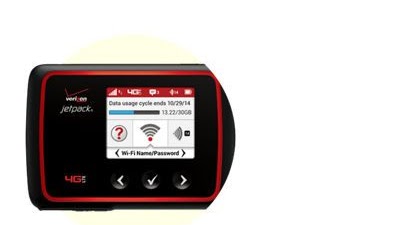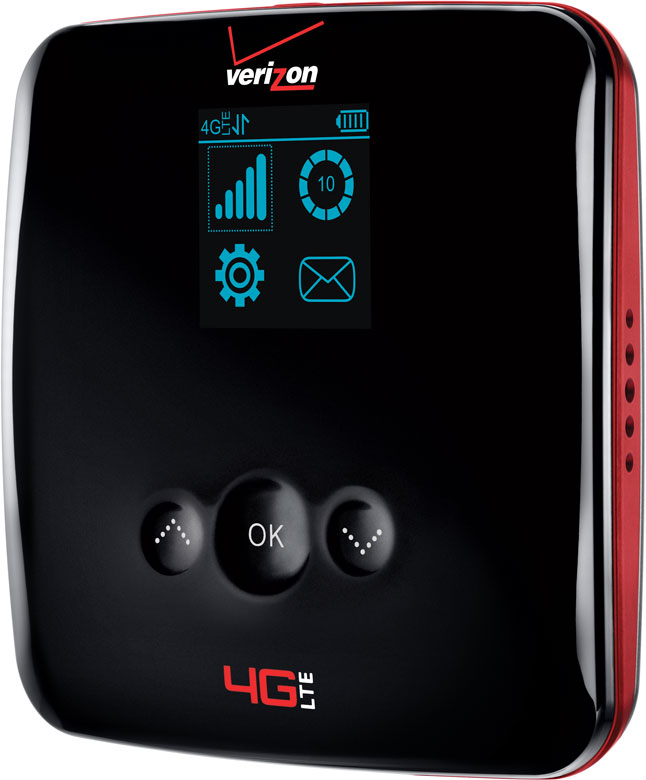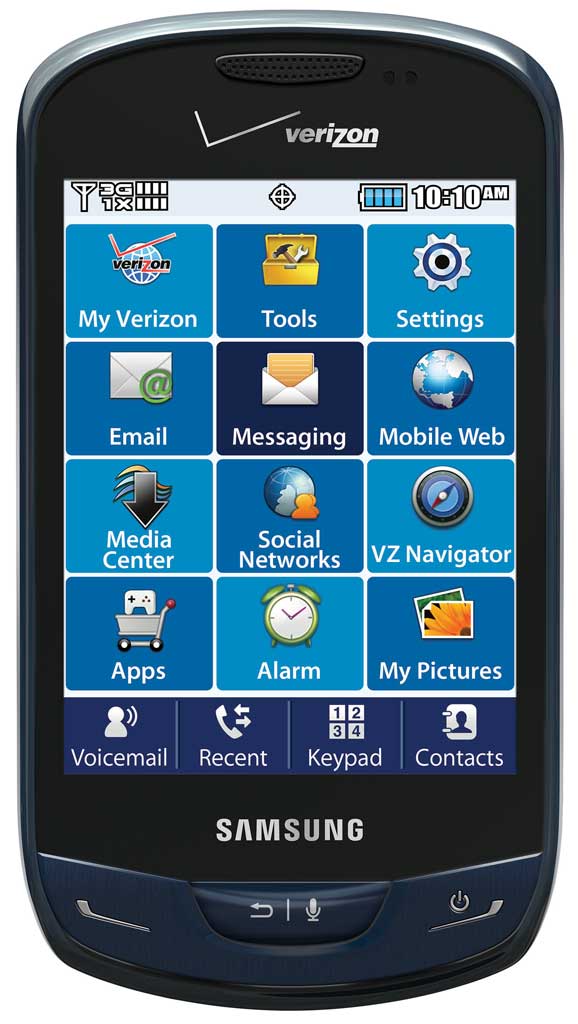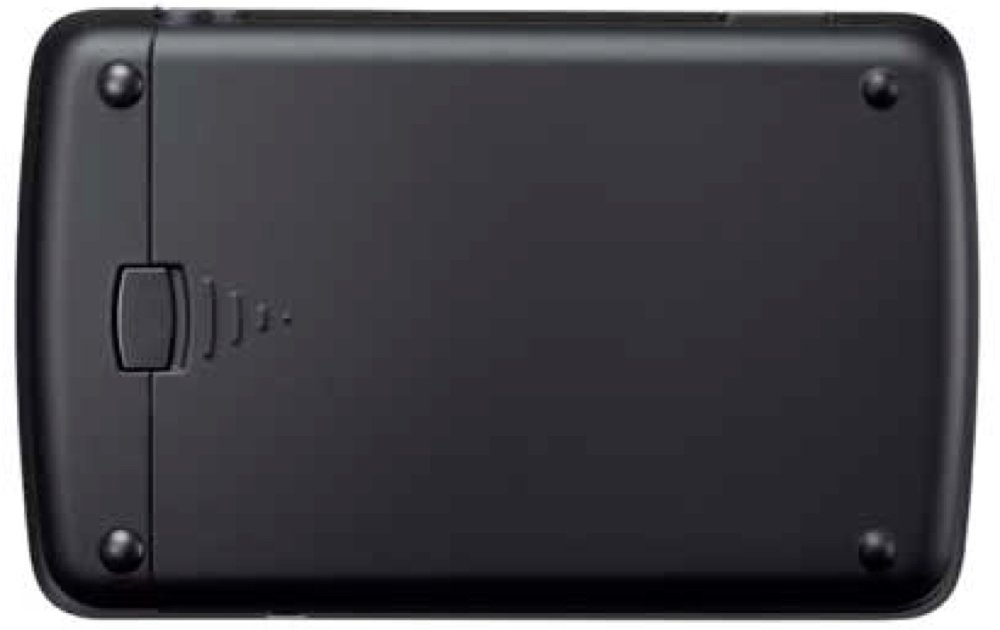Verizon Fios (formally FiOS) is a bundled Internet access, telephone, and television service that operates over a fiber-optic communications network to over 5 million people in 13 states. Service is offered in some areas of the United States by Verizon Communications and Frontier Communications. Verizon was one of the first major U.S. carriers to offer fiber to the home, and received positive ratings from Consumer Reports among cable television and Internet service providers. Other service providers often use fiber optics in the network backbone and existing copper or coax infrastructure for residential users. Service began in 2005, and networked areas expanded through 2010, although some areas do not have service or cannot receive TV and phone service because of franchise agreements.

History
Launch and expansion (2005-2010)
In September 2005, Verizon Communications, announced the launch of its Fios television service, which first became available for 9,000 customers in Keller, Texas. Verizon aimed to replace copper wires with optical fibers, which would allow greater speed and quality of communication.
In 2006, Verizon and Motorola partnered to bring its customers home DVR access, which allowed viewers to record and watch television programs simultaneously. In 2006, The Wall Street Journal speculated:
Verizon Communications Inc. is fielding offers for [sale] ... of traditional telephone lines ... part of the New York-based phone giant's strategy to delve deeper into the wireless and broadband arenas, while getting out of the traditional phone business in U.S. areas that aren't slated for fiber upgrades ... Verizon also has been shopping a package dubbed "GTE North" that comprises about 3.4 million access lines in former GTE Corp. territories in Indiana, Illinois, Ohio and Michigan.
In July 2007 Verizon released Fios 2.0, which enabled customers to use widgets, allowing for more interactivity of the service. Verizon announced in January 2008 that one million people subscribed to the service. That same year, Verizon Fios expanded its HD channel selection to over 150 HD channels. Price increases were announced in April 2008, when Fios was available to (not necessarily subscribed by) 6.5 million households.
In January 2009, Fios was available to 12.7 million homes, with about 2.5 million subscribing to the Internet service. As of June 2009, Fios Internet had 3.1 million customers. Estimates on December 31, 2009, were 3.4 million Internet customers and 2.86 million for Fios TV, with availability down to 12.2 million premises.
Stable footprint (2010-present)
Following relatively poor financial results for the wider company in early 2010, Verizon announced in March 2010 that it was winding down its Fios expansion, concentrating on completing its network in areas that already had Fios franchises but were not deploying to new areas, which included the cities of Baltimore and Boston, which had not yet secured municipal franchise agreements. Doug Michelson, an analyst at Deutsche Bank, concluded that "Verizon has been overspending to acquire Fios customers". Some viewed the halt in expansion as a violation of Verizon's agreements with some municipalities and states, since Verizon has collected revenue to deploy infrastructure upgrades that never occurred.
In April 2010, Verizon announced that three million people were subscribed to Verizon Fios. In July 2010, estimates were 3.8 million Fios Internet subscribers and 3.2 million TV subscribers, with availability to 15 million homes.
In May 2013, Verizon announced it had passed 18 million homes with Fios and 5 million customers.
In April 2015, Verizon announced that it added 133,000 new Fios Internet connections and 90,000 net new Fios Video connections in Q1, taking its total subscriber base to 6.75 million and 5.74 million, respectively.
Verizon Internet Business Plans Video
Technical details
As described in 2007, Verizon Fios services are delivered over a fiber-to-the-premises network using passive optical network technology. Voice, video, and data travel over three wavelengths in the infrared spectrum. To serve a home, a single-mode optical fiber extends from an optical line terminal at a Fios central office out to the neighborhoods where a passive optical splitter fans out the same signal on up to 32 fibers, thus serving up to 32 subscribers. At the subscriber's home, an optical network terminal (ONT) transfers data onto the corresponding in-home copper wiring for phone, video and Internet access. Some Fios installations use an Ethernet cable for data and coaxial cable for video, while others use the Multimedia over Coax Alliance (MoCA) protocol for both data and video over a single coaxial cable. Voice service is also connected to the ONT and carried over telephone cables already in the house.
One of the three wavelength bands is devoted to carrying television channels using standard QAM cable television technology. The other two wavelengths are devoted to all other data, one for outbound and the other for inbound data. This includes video on demand, telephone and Internet data.
This allocation of wavelengths adheres to the ITU-T G.983 standard, also known as an ATM passive optical network (APON). Verizon initially installed slower BPONs but now only installs GPONs specified in the ITU-T G.984 standard. These bands and speeds are:
- 1310 nm wavelength for upstream data at 155 Mbit/s (1.2 Gbit/s with GPON)
- 1490 nm wavelength for downstream data at 622 Mbit/s (2.4 Gbit/s with GPON)
- 1550 nm wavelength for QAM cable television with 870 MHz of bandwidth
The set-top box (STB) receives IR code and channel subscription information through the out-of-band (OOB) channel just as other coax or RF-based STB's do. However, guide data, cover art, widgets and other data are sent via IP over the data channels. All upstream OOB requests (or responses) are sent via IP over the data channels. All non-OOB data transactions to or from STB's are carried over the MoCA channels. The MoCA channel is also used to carry out inter-STB transactions (multi-room DVR, synchronization, etc.).
Fios is also compatible with CableCARD technology allowing Fios TV subscribers to receive encrypted and premium cable channels on CableCARD-capable devices.

Television
Video Service
Verizon's broadcast video service is not IPTV (Internet Protocol television), unlike AT&T's U-verse product and CenturyLink's Prism product. However, video on demand content and interactive features, such as widgets and programming guide data, are delivered using IPTV-based technology. The majority of content is provided over a standard broadcast video signal that carries digital QAM content up to 870 MHz. The QAM system is identical to HFC cable TV, but is only one-way, and is not interactive, with no VOD or SDV content going over the QAM (VOD and SDV go over out of band IP). The 870 MHz QAM system was primarily done to satisfy franchise agreements that required a basic channel packaged with unencrypted, no STB required/cable-ready TV, channels. This broadcast content originates from a Super Head-End, which sends the signal to a Video Hub Office for distribution to Fios TV customers.
From the Optical Network Terminal (ONT) at the subscriber premises, the RF video is typically delivered with a coaxial connection to a Fios set-top box that handles both RF and IPTV video. Interactive services such as VOD and widgets are delivered by IP and are only accessible through use of a Fios set-top box and a Verizon-supplied router. The router supports multimedia (MOCA) and provides the set-top boxes with programming guides and all SD channels, but high definition content (beyond local HD channels which are in clear QAM) requires HD equipment like a Fios HD set-top box/DVR or a CableCARD-supporting device, such as TiVo. In 2008, Verizon ceased carrying analog television signals in parallel with digital channels, meaning televisions without a QAM tuner or a set-top digital adapter received no signal.
Fios TV Plans include:
Fios Spanish TV Plans include:
Quantum TV
In early January 2013, Verizon introduced Quantum TV service, to help expand the functionality of the conventional set-top box offered by Verizon Fios. The VMS can also record up to twelve TV shows at the same time, and it allows the customer to pause and rewind live TV. It also has up to one terabyte of internal storage which equates to 100 hours of HD content.
The older Quantum boxes have Motorola branding on them, but the newer Quantum boxes have Arris branding on them, as a result of Arris' acquisition of Motorola's Home business.

Internet access
Fios offers several service tiers that are available individually, but are offered at discounts when combined in a bundle. The tiers are distinguished by data transmission speed measured in Mbit/s downstream and upstream.
On June 18, 2012, Verizon announced Fios Quantum. The new release doubled every Internet tier of Verizon Fios subscriber packages. This release also introduced the 300 Mbit/s download speeds to the available service packages.
In July 2013 Verizon Fios announced its highest speed tier at 500/100 Mbit/s for home and small businesses.
In July 2014 Verizon Fios announced it would increase customer upload speeds to match download speeds for new and existing customers; however, existing customers need to sign up for a promotional program called "My Rewards+" if they wanted to receive it before January 2015. As of January 2015, all Fios customers, regardless of their enrollment in My Rewards+, have received the speed match.
Below are Verizon's current speed tiers (as of October 2015):
Telephone
Traditional telephone
Verizon offered plain old telephone service (POTS). There have been reports in various markets that Verizon physically disconnected the copper lines (or the network interface device, necessary for copper-line phone service) at the time that Fios was installed, and that Verizon customer service talked customers into upgrading from copper with false promises of no changes in service rates.
Verizon sold landline operations in the markets of northern New England to FairPoint Communications in March 2008. Fiber to the premises projects in those markets was renamed as FAST (Fiber Access Speed Technology). In June 2010, Verizon sold landline operations scattered throughout 13 states to Frontier Communications. Some of these areas already had Fios service availability, for which Frontier became responsible. In 2015, Verizon sold Texas, California, and Florida landline and Fios operations to Frontier.
VoIP service
Fios Digital Voice, is a voice over IP service where the ONT serves as the VoIP gateway, generating the dial tone to enable traditional analog phone use. The service began in September 2008. Fios Digital Voice replaced an earlier service called VoiceWing which was launched in 2004 and discontinued in early 2009, shortly after the launch of Fios Digital Voice. It is the only phone option for new Fios customers, and it offers an unlimited calling plan or $.05/minute plan. Fios Digital Voice has numerous international per minute calling plans as well.
Inside Wire Maintenance Plan
Verizon also offers a $9.99/month Inside Wire Maintenance Plan that covers diagnosis and repair of telephone jacks and inside wiring. For Fios customers, it also covers jacks and wiring associated with Fios services.

Criticism
When Verizon Fios was first launched in 2005, Verizon's shares decreased by 4.6% while AT&T rose by 38.7%. Critics argue that Verizon's low prices could put their fiber-optic network in jeopardy, since the cost of building a fiber-optic network could surpass the return from Fios sales. While there has been criticism of Verizon Fios since its launch, there have been many positive reviews of the services. A 2007 report noted the high quality of the service and that subscribers enjoy the fast Internet speeds and high quality HD channels.
Carriage disputes
The Weather Channel carriage dispute
On March 10, 2015 at midnight EDT, The Weather Channel and its sister network, Weatherscan, were pulled from Verizon Fios after the two parties were unable to come to terms on a new carriage agreement. The services have respectively been replaced by the AccuWeather Network (which launched on March 13) and a widget provided by Fios featuring forecast content provided by WeatherBug. No public announcement was made regarding the removal until over 12 hours after TWC and Weatherscan were pulled. The Weather Channel offered a less expensive deal to Verizon Fios, which rejected the offer. Verizon cited the wide availability of the internet and mobile apps for consumers to access weather content any time of day as the reason for dropping TWC and its services.
A representative for the network said in a statement, "We were disappointed when, without warning late yesterday, March 9, Verizon Fios dropped The Weather Channel from their lineup while our companies continued to be in active conversations regarding a contract renewal. Fios customers have enjoyed a bundle of services from The Weather Channel including the network, Weatherscan, On-Demand, a Weather Widget and streaming on mobile devices. During a winter with record-breaking storms and severe weather, The Weather Channel responded with non-stop live coverage, including the ongoing presence of our crews reporting live from hard-hit communities within the Verizon Fios footprint. This coverage resulted in The Weather Channel being the only major cable network to grow in February."
The Weather Channel had earlier signed renewal agreements with major providers that are members of the National Cable Television Cooperative (NCTC), including Time Warner Cable and Cox Communications. However, representatives for the channel were shocked that "Verizon Fios would deny their subscribers access to the best live weather coverage and expertise that only The Weather Channel can provide." While Verizon claimed it was a long-term business decision (instead of a carriage dispute) that it made, The Weather Channel launched a campaign to urge viewers to contact Fios about restoring the cable channel and its services.
ESPN lawsuit
In April 2015, ESPN Inc. sued Verizon for breaching its carriage contract by offering ESPN and ESPN2 as part of a separate sports package under its new "Custom TV" service. ESPN's contract requires the two networks to be carried as part of the basic service.
Cablevision lawsuit
in May 19, 2015, Cablevision sued Verizon in U.S. District Court, Southern District of New York, to challenge Verizon's claim that it is 100% fiber based. Cablevision started an advertising campaign to make the case mainstream.
Deployment issues
In October 2015, both New York City and Pittsburgh threatened to file lawsuits against Verizon for failure to deploy Fios throughout their cities. In areas where Fios isn't available in those cities, they must either sign up for satellite television or the local cable company. New York City has several including Cablevision and Time Warner Cable, while Pittsburgh is dominated by Comcast.
Are You Looking for Products
Here some products related to "Verizon Fios".
Verizon MiFi 890L Jetpack..
Samsung Stratosphere 4G A..
Samsung Brightside, Sapph..
Verizon Jetpack 4G LTE Mo..
Get these at Amazon.com* amzn.to is official short URL for Amazon.com, provided by Bitly
Source of the article : here






EmoticonEmoticon